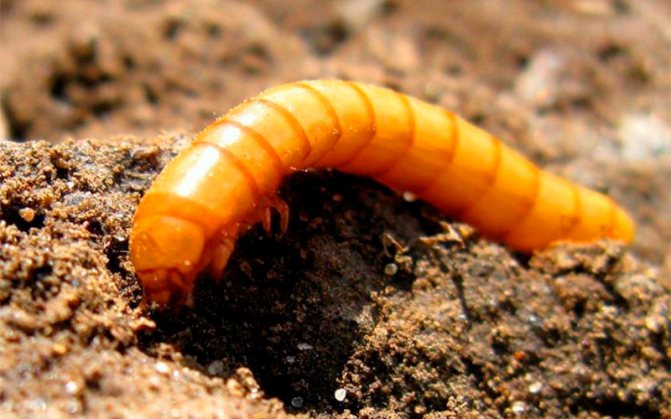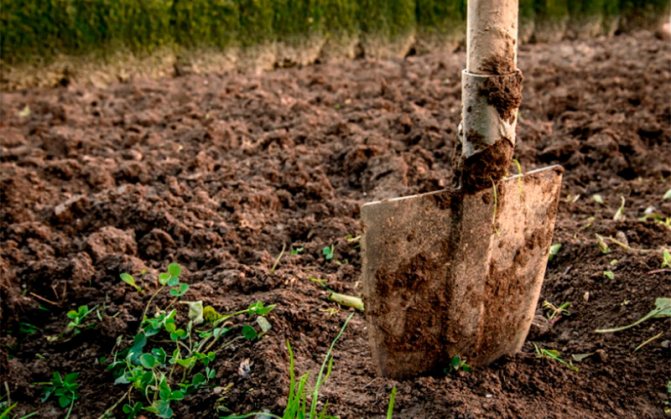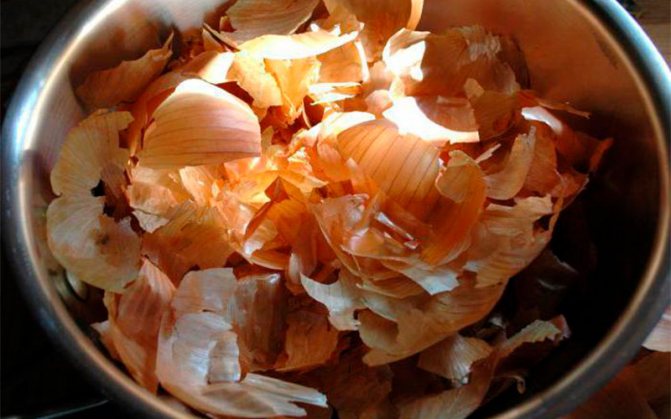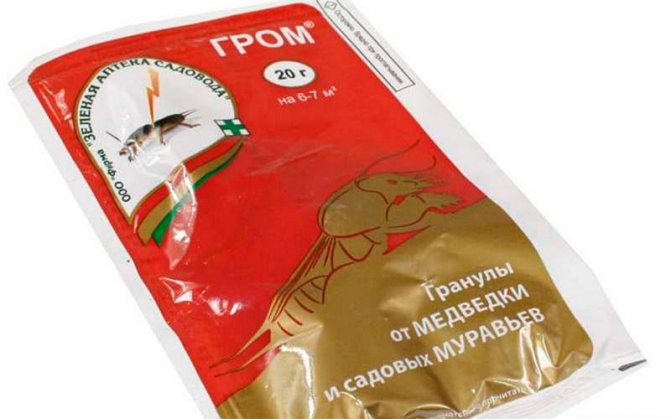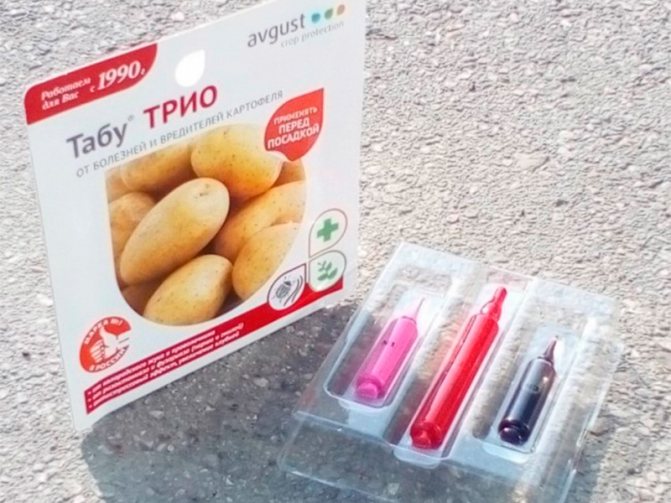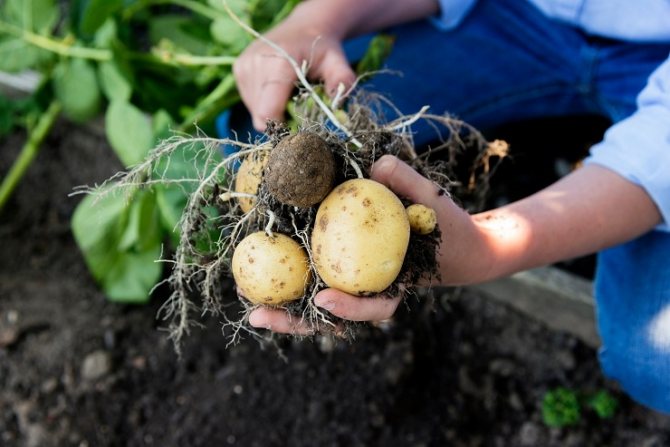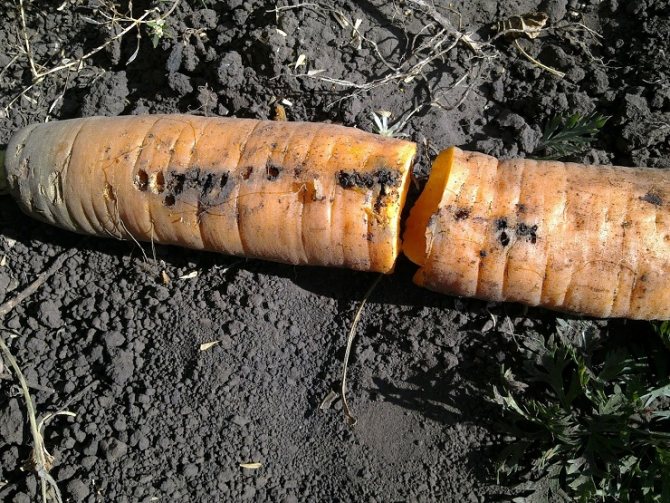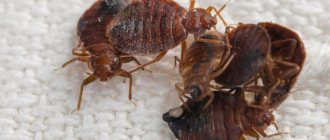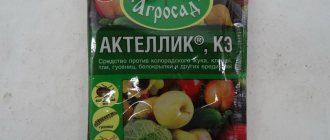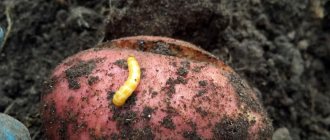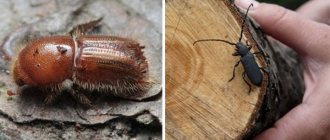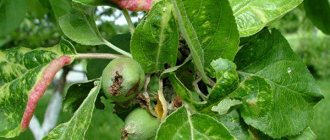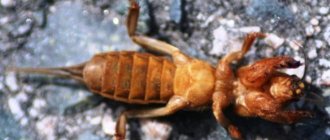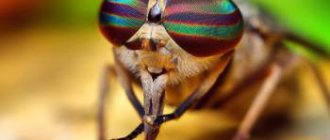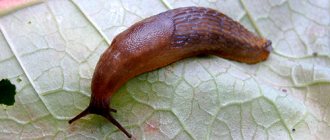General description and characteristics of the pest
The wireworm is the larva of the click beetle and its various species; they are recognized by their rigid body and a specific click, which is heard when the insect is turned over. An adult individual has a brown color, a tough chitinous shell and grows up to 3 cm, and a small one is of a light brown color, which fits freely in the ground, closer to the food source - potato tubers.
It is noteworthy that only larvae feed on them, since they move freely in the root crop, thanks to their elongated, small body, similar to a small worm or wire (hence the self-explanatory name).
In this stage, pests are up to 3-4 years old, and the life expectancy itself is 5-6. In the first year, they are absolutely inactive, and with subsequent ones they acquire a more yellow color, which later turns into brown, and a hard chitinous shell. In summer, beetles feed in the evenings, and hibernate in the ground at a depth of about 30 cm. Below is a photo of what a beetle, pupa and wireworm larva look like.
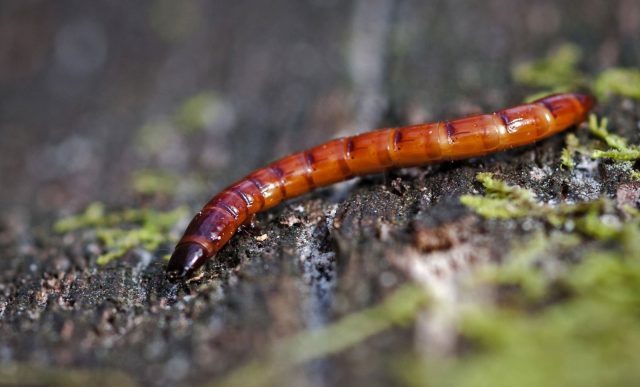
Wireworm is a common pest
Signs of defeat
Typically, the wireworm makes so-called "moves" - long tunnels in the potato tuber that look like black dots on the outside.
But to determine whether a pest has started up on your site, you can also by other signs:
- there are rotten places on the potatoes;
- a sharp decrease in the amount of the crop;
- deterioration in the quality of root crops;
- seeds sprout for a long time or do not sprout at all;
- the recently planted seedlings wither.
The reason for settling on potatoes
The wireworm prefers to attack potato plantings, as it needs food. There is nothing easier than getting to the tubers, as if specially prepared for him. Potato crops are available, but if there is no way to get there, the wireworm is ready to feed on weeds.
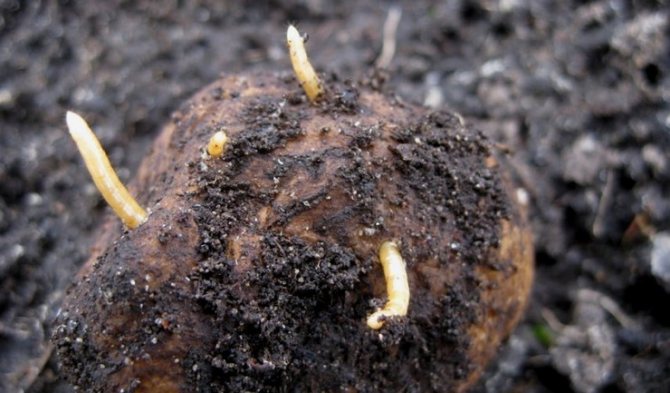

Wireworm larvae gnaw holes in tubers, resulting in rotting
He adheres to this tactic exactly until the potatoes appear on the site. Wheatgrass and other types of weeds will become a source of food for this unfavorable period for him, which is why it is important to get rid of them in a timely manner. Other reasons why the larvae prefer potatoes:
- acidic soil;
- the presence of root crops located in the immediate vicinity;
- optimum humidity.
The video below shows a way to protect potatoes from a wireworm:
How to get a pest out of the garden
Breeding click beetles and their larvae is quite difficult for a number of reasons:
- long life expectancy;
- one individual is able to bring huge offspring - about 150-200 eggs per season;
- secrecy, underground lifestyle;
- strong chitin, which makes it very difficult to crush an insect;
- unpretentiousness in food: their diet consists not only of potatoes, carrots and beets, but also the stems of these garden crops, and weeds, and in times of famine, pests can feed on trees, bushes and even pollen.
Pest control with folk remedies
If you do not want to poison your crops and soil with pesticides and chemicals, the following methods are for you!
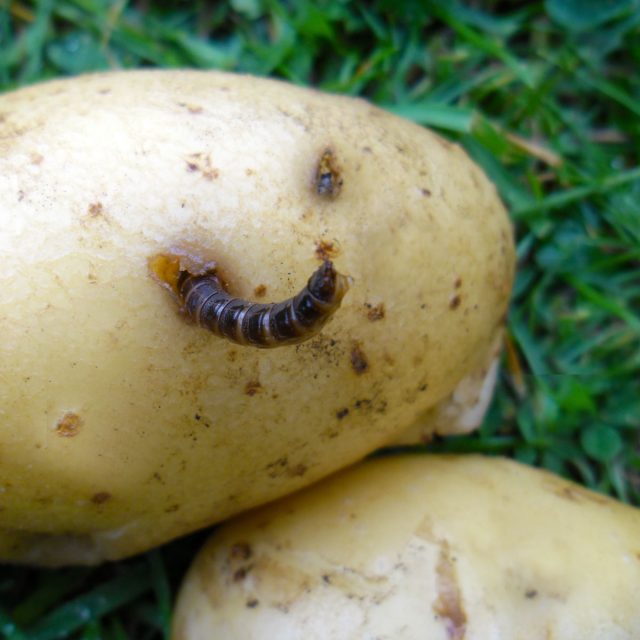

Wireworm stricken potatoes
- When digging up soil before planting a starchy vegetable, plant the shovel a little deeper than usual.The fact is that females most often lay eggs in cracks in the ground, and the ingress of sunlight on them during the processing of the site destroys;
- be sure to weed: weeds in the beds are extra food for pests;
- before throwing the potatoes into the hole, pour onion skins or a decoction prepared from it in advance: this will scare off voracious larvae and protect the plants from some diseases;
- instead of husks, you can sprinkle about 1-2 tbsp. tablespoons of mustard powder in the hole;
- do not water the potatoes if the soil is still moist from the last watering;
- if harmful beetles are found, instead of ordinary water, use decoctions of various herbs for moisturizing: coltsfoot, dandelion, celandine.
Chemicals
The use of insecticides is good for the control of wireworms. But do not abuse them: over time, pests develop immunity to chemicals.
One of the most famous drugs is Zemlin. It has good efficiency and low price.
Insecticide reviews:
- Vera, landscaping: “I work with many tuberous flowers that are often attacked by wireworms. And it was Zemlin that turned out to be the most effective in the fight against them.
- Anton, agricultural technician: “A whole batch of potatoes was contaminated with wireworms. I had to buy 25 kg of "Zemlin" for 20 hectares of cultivated land. The result exceeded all my expectations! "
Attracting biological enemies
Do you use folk signs in gardening?
How to deal with a wireworm on potatoes is very simple. Like all beetles, clickers have natural enemies: birds. Starlings, rooks, crows, sparrows are the most dangerous for them. To attract them, build birdhouses, feed the birds. It will also be an effective way to build a small reservoir in the shade, which will attract frogs that will feed on pests. Don't forget about spiders, flies and ants.
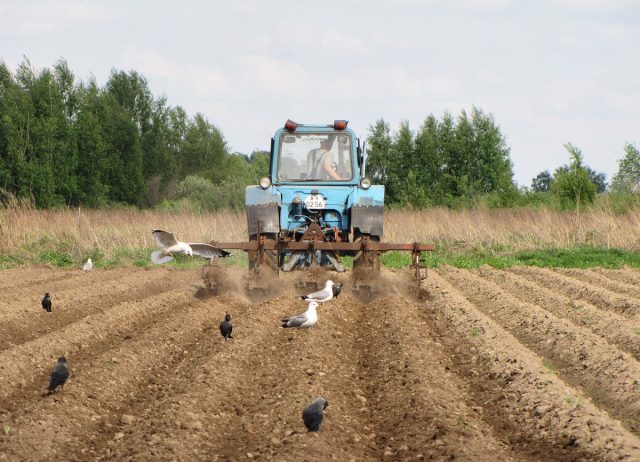

Wireworm Enemy Birds
Repellent plants
Another effective method in the fight against insects is planting plants with a "stupefying" smell. These include:
- tansy;
- peppermint;
- coriander;
- cloves;
- fennel;
- sagebrush;
- thyme;
- oregano;
- Melissa.
These plants are considered to be ethereal, i.e. contain a large amount of essential oils, which, with their smell, repel insects, disorienting.
Change of beds
If you notice a wireworm on certain beds, then do not plant root crops on them: potatoes, carrots, beets, etc. It is best to cultivate the contaminated land well and plant legumes, grains, greens there - these crops are most resistant to the pest. It is recommended to fertilize the soil every two to three years and change planting sites for prevention.
Digging
As mentioned earlier, beetles and their larvae in winter go underground to a sufficiently impressive distance for them. Therefore, it is important to dig up the soil before the very frosts: the pests simply cannot bear the cold. This method will help you win with a probability of up to 95%.


Digging a vegetable garden is an effective method to get rid of a pest
Spring digging is also effective - once on the surface, and not under, the larvae become especially vulnerable: the destructive sun shines on them, and birds are circling in the air, striving to eat them.
Traps and baits
This method is aimed at combating adults. Several options for baits are presented to your attention:
- Poisoned bait. Grains of oats, corn or barley are soaked in a solution of insecticides (Pochin, Vallar, Provotox - the choice is huge, for every taste and budget), then the seeds are dried and planted before plowing.
- Spread the straw soaked in sugar syrup in small piles around the garden.This will attract both females to lay eggs, and males and larvae. They just stick, and you just have to walk and collect them for subsequent elimination.
- Potato baits. They can be built in several ways:
- chopped potato tubers are placed in a plastic liter bottle, buried in the neck between the rows of sowing and the bait is changed every 2-3 days;
- potatoes are planted on a line or stick and deepened into the ground, from time to time collecting and destroying pests from it. Repeat the procedure if necessary.
Reducing soil acidity
The ideal habitat for wireworms is overly or insufficiently acidic soil. In order to neutralize the acidity index, it will be enough to put crushed eggshells and / or wood ash into the wells before sowing. The latter, by the way, is often used not only as an antiseptic, but also as a universal fertilizer. Just lightly sprinkle it on the roots of the plant, being careful not to hit the stem.


Wireworm lures
Turning to professionals
When working with a grown crop, pest control specialists use more effective chemicals than those available on the shelves, therefore, after processing, it is necessary to thoroughly rinse the tubers before use. After the service has struggled with a pest in a vegetable garden preparing for planting, you will not have to resort to subsequent independent actions - the land will be ready for planting.
Effective control methods and preventive measures in the potato field
You can get rid of a wireworm on a potato site by preventing its appearance, observing simple preventive measures:
- with a frequency of 2-3 years, it is necessary to change the planting sites, it is advisable to renew the soil using clean and high-quality soil;
- planting plants is at some distance between the holes, which will make it difficult for the pests to move from bush to bush;
- dig up the soil before and after planting at least 30 centimeters. Due to this, in the warm season, the larvae in the ground will fall under the influence of direct sunlight, and in the fall they will freeze and die, saving the garden from the wireworm in the potatoes;
- check the garden for weeds, when they appear, you must immediately weed;
- treat the land with a weak solution of potassium permanganate at the rate of 2 grams per 10 liters of water. Water a hole with them before planting potatoes (half a liter per hole), in the absence of potassium permanganate, it is permissible to use ammonia water.
The most effective method for getting rid of the wireworm is a regular crop rotation, in which the area after the vegetable crop is sown with cereal and vice versa during the subsequent harvest.
Wireworm in potatoes: determining the level of acidity and alkalinity of the soil


In order to understand what kind of soil is on your site, you need to take a closer look at what plants grow on it. If plantain, sorrel or horsetail grows abundantly in your area, this means that the soil in your area is acidic. You can also determine what kind of soil on your site you can empirically. A handful of earth should be watered with vinegar, if the soil is alkaline, a reaction will immediately follow, the soil will be covered with bubbles. If no reaction occurs, the soil is acidic. Every gardener should remember that the nutcracker larva is very afraid of mustard, phytoncides and legumes. Basically, for the extermination of this pest, gardeners use mustard. As you know, mustard has a very pungent taste, which is strongly disliked by wireworms.
garden pest
How can a pest attack be prevented?
Diluting the garden with certain crops, such as legumes, will help you get rid of the wireworm in your garden forever:
- beans;
- beans;
- chickpeas;
- peas.
You can also plant flowers with a strong aroma, such as marigolds or dahlias. These plants saturate the soil with nitrogen, scaring away the wireworm; for preventive purposes, it is enough to plant them around the perimeter of the garden.
Wireworm harm
It is the larvae of beetles called wireworms that inflict great damage.
Beetles of the genera are considered dangerous for agriculture:
- Agriotes - sowing, type: dark (dark yellow color with shine).
- Athous - type: black (black, with a brown tint).
- Selatosomus - appearance: shiny (light yellow color with shine).
- Melanotus - type: pointed (the color of the little body on the back is orange in all shades, including brown).
- Limonius - species: yellow-footed (yellowish-brown, caramel shade).
Their larvae damage tubers and stems of potatoes (up to 60% of the yield), buds and shoots of grapes, infect other garden crops. The plant stops developing, the fruits lose quality.
The larvae gnaw through the passages, where pathogenic bacteria (rot, mold, etc.) are introduced. They harm:
- Grain.
- Vegetable.
- Cabbage.
- Solyonov.
- Root crops.
The gluttony of pests increases with the onset of hot, dry weather: they look for root crops that contain moisture, and accordingly cause more damage to the plant. In dry months, it is worth moistening the soil more.
It is impossible to completely get rid of beetles, but the measures taken reduce the number of specimens per sq. meter, significantly reducing the percentage of damage to the crop.
There is a benefit from this pest: they destroy the root system of weeds, contribute to the ventilation of the soil, are in the food chain for beneficial insects, and prompt a person to have soil acidity.



